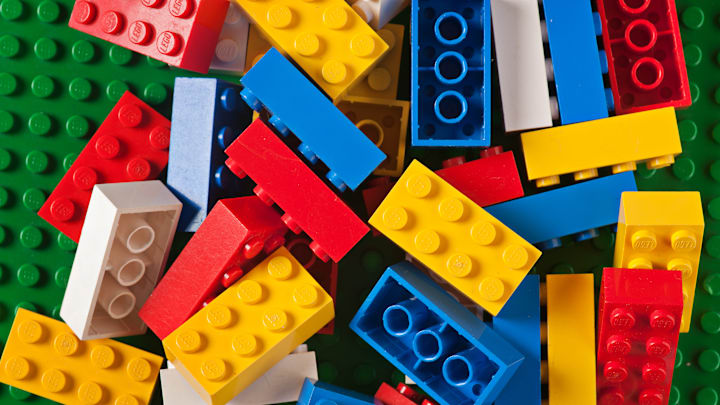LEGO has long been a staple of the toy industry. After decades of making millions of kids happy, the brand is taking new steps to reduce its impact on the environment. As The Guardian reports, LEGO recently shared its goal to source 50 percent of its plastic from renewable and recycled materials by 2026.
Most of LEGO’s bricks are currently made from cheap petroleum-based plastic. Certified renewable resin, which is easier on the environment to produce, costs up to 70 percent more for manufacturers. Instead of fossil fuel, this type of plastic is either made from sustainable materials or recycled products like old cooking oil.
LEGO also uses mass balance, a supply chain tracing method, to track how much of its manufacturing materials come from renewable sources [PDF]. A report from the company states, “By doing this, the company aims to help accelerate the industry’s transition to more sustainable, high-quality materials.” In the first half of 2024, 30 percent of all resin purchased by LEGO was certified mass balance. That means 22 percent of the raw materials used to make its toys came from renewable and recycled sources on average. This is an improvement from 2023, during which the company averaged 12 percent for the entire year.
This method has received criticism from some environmental experts. Even if a fifth of all materials used in LEGO’s manufacturing process come from renewable sources, that doesn't necessarily mean a fifth of the plastic is renewable in any given LEGO set. Despite this, the products can still be labeled that way under ISCC (International Sustainability & Carbon Certification) guidelines, which may cause confusion for consumers.
Mass balance is just one component of the new sustainability goal. To reduce greenhouse gas emissions, LEGO plans to launch a new sustainability program that will encourage its suppliers to set goals to reduce emissions over the next several years. The initiative includes measurable targets for employees to ensure the companies stays on track regarding their carbon emissions reduction.
This isn’t the first time the toy company has shown interest in environmental concerns. LEGO experimented with eco-friendly bricks made from recycled polyethylene terephthalate (PET) bottles in 2021.
Read More About LEGO:
